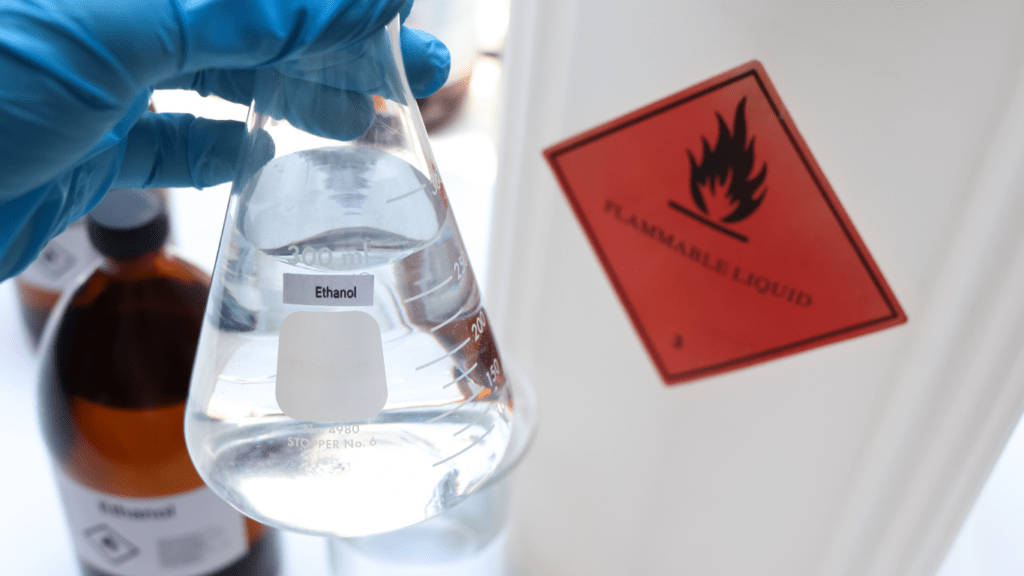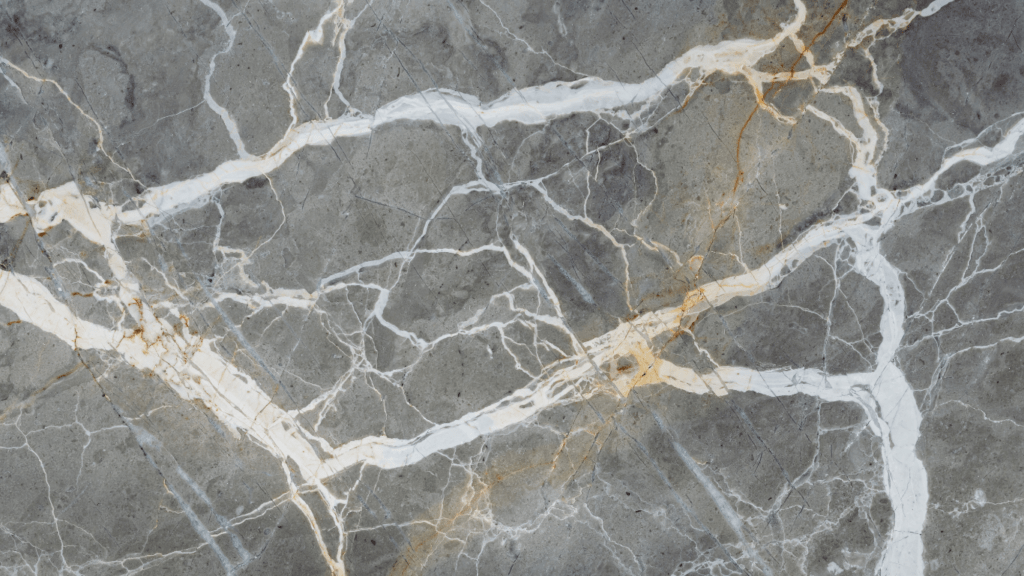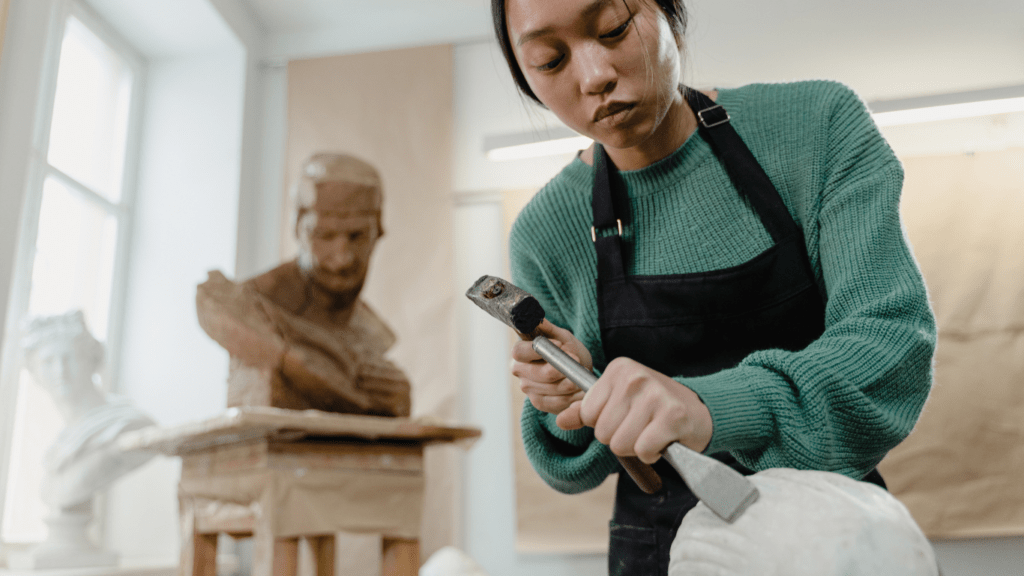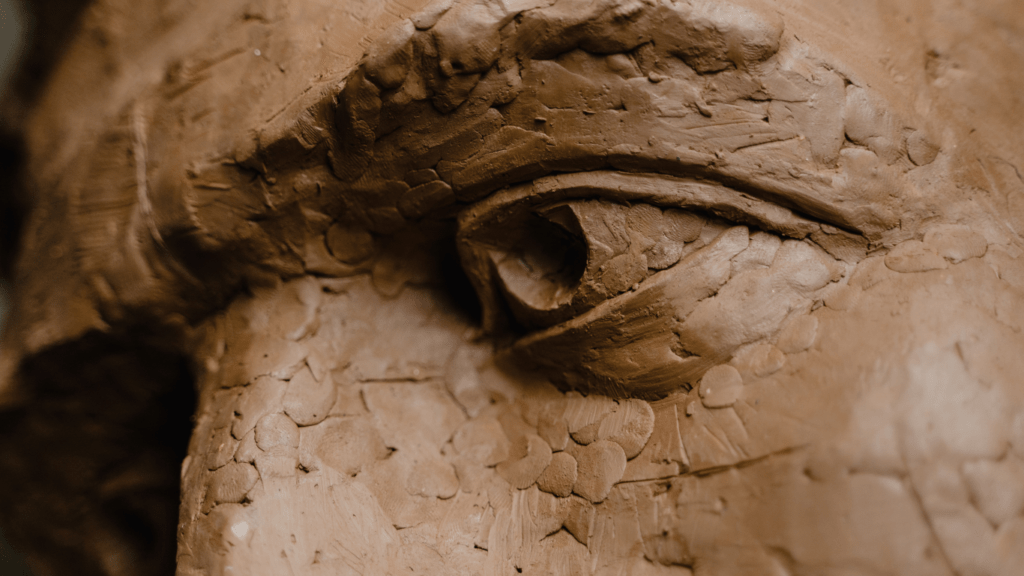When it comes to sculpting, the choice of stone can make all the difference in the final masterpiece. In the world of sculpting, two popular stone types stand out: marble and granite. As a sculptor myself, I’ve often pondered the unique qualities of these stones and their impact on the creative process.
Marble, known for its elegance and softness, has been a favorite among sculptors for centuries. Its fine grain and ability to hold intricate details make it a preferred choice for sculpting delicate forms. On the other hand, granite, with its durability and strength, offers a different set of advantages for sculptors looking to create bold and robust pieces.
In this article, I’ll delve into the characteristics of marble and granite, exploring their strengths and weaknesses for sculpting purposes. By the end, you’ll have a clearer understanding of how these stone types stack up against each other in the world of sculpting.
Benefits of Marble for Sculpting
Marble offers unique advantages that make it a preferred choice for sculpting over other stone types. Let’s delve into the specific benefits of using marble for sculpting.
Texture and Workability
When I sculpt with marble, I appreciate its smooth texture that allows me to carve intricate details with precision. The fine grains of marble make it a joy to work with, enabling me to achieve intricate designs and delicate features in my sculptures effortlessly. Its workability gives me the flexibility to bring my artistic vision to life with ease.
Aesthetic Qualities
The aesthetic appeal of marble is unparalleled in the world of sculpting. Its elegant and timeless appearance adds a touch of sophistication to any artwork. The natural veining and color variations in marble create unique patterns that enhance the beauty of the sculpture. Working with marble allows me to create pieces that exude luxury and refinement, making it a popular choice among artists and art enthusiasts alike.
Benefits of Granite for Sculpting
Granite offers exceptional benefits for sculpting, making it a preferred choice for many artists. Let’s delve into the advantages of using granite as a sculpting material.
Durability and Strength
Granite is renowned for its durability and strength, making it an ideal option for sculpting projects that require longevity. As a sculptor, I appreciate how granite withstands the test of time, ensuring that my artistic creations remain intact for years to come. Its robust nature allows for outdoor installations, as it can endure various weather conditions without losing its aesthetic appeal.
Color and Texture Varieties
One of the most appealing aspects of granite for sculpting is the wide range of colors and textures it offers. Working with granite provides me with a versatile palette to express my artistic vision, incorporating different shades and patterns into my sculptures. The natural beauty of granite, with its intricate veining and unique patterns, adds depth and character to each piece, enhancing the overall artistic impact.
Physical and Chemical Properties Comparison

When comparing marble and granite for sculpting, understanding the physical and chemical properties of each stone is crucial. Let’s delve into the specifics to highlight the distinct characteristics of these two materials.
Density and Porosity
Marble, with a density ranging from 2.55 to 2.8 g/cm³, is known for its elegance and smooth texture. This stone exhibits medium porosity, making it more susceptible to staining and weathering over time if not properly sealed. On the other hand, granite boasts a higher density of 2.63 to 2.75 g/cm³, presenting superior strength and durability. Its lower porosity compared to marble makes it a resilient choice for outdoor sculptures exposed to harsh environmental conditions.
Resistance to Weathering
In terms of weathering resistance, marble, a metamorphic rock, is more prone to erosion and decay when exposed to outdoor elements. Its calcite composition reacts to acid rain and pollutants, leading to surface deterioration over time. In contrast, granite, an igneous rock, showcases exceptional resistance to weathering, maintaining its structural integrity and aesthetics even in challenging outdoor environments. With its crystalline structure and high quartz content, granite remains virtually unaffected by external factors, ensuring the longevity of sculptural masterpieces.
Historical Use in Sculpture
In sculpture history, both marble and granite have played significant roles in creating timeless masterpieces. Their unique properties and characteristics have made them popular choices among sculptors across different eras.
- Famous Marble Sculptures
Marble, with its elegant texture and ability to hold intricate details, has been a favorite material for sculptors for centuries. Iconic sculptures like Michelangelo’s “David” and “Pieta” showcase the unparalleled beauty and craftsmanship that marble can provide. The smooth surface and soft appearance of marble have been used to portray emotions and expressions in the most lifelike manner possible. - Famous Granite Sculptures
Granite, known for its durability and strength, has also been used to create stunning sculptures that withstand the test of time. One of the most famous granite sculptures is the Mount Rushmore National Memorial, depicting the faces of four U.S. presidents. Granite’s resilience against weathering and external factors has made it a popular choice for monumental outdoor sculptures that need to withstand harsh environmental conditions.
Maintenance and Care
When it comes to preserving the longevity of sculptures made from marble and granite, proper maintenance and care are essential. Here’s a closer look at how to ensure the durability of these artistic creations:
Longevity of Marble Sculptures
To maintain the longevity of marble sculptures, regular cleaning is crucial. Dust and dirt accumulation can lead to staining over time, so gently wiping the surface with a soft cloth or sponge dipped in mild soapy water can help preserve its pristine appearance. Avoid using harsh chemicals or abrasive materials that can damage the marble’s surface.
Longevity of Granite Sculptures
Granite sculptures are known for their durability, but they still require care to withstand the test of time. To enhance the longevity of granite sculptures, sealing them with a quality stone sealant can protect against moisture penetration and staining. Additionally, periodic cleaning with a mild detergent and water solution can help maintain the granite’s natural beauty and color vibrancy.
Cost Comparison
When considering the cost of materials for sculpting, both marble and granite present different initial expenses and long-term investment considerations.
Initial Cost
In terms of the initial purchase price, marble generally tends to be pricier than granite. On average, marble can cost around $60 to $100 per square foot, whereas granite usually ranges from $40 to $60 per square foot. This price disparity is crucial to consider when planning a sculpting project, as it can significantly impact the overall budget.
Long-Term Investment
While marble may have a higher upfront cost, it’s essential to think about the long-term investment benefits. Marble sculptures, when appropriately maintained, can retain their beauty and value for generations. In contrast, granite, known for its durability and resistance to outdoor elements, offers a long-lasting solution that requires minimal upkeep over time. Considering the longevity and maintenance requirements of each material is key to making an informed decision based on your sculpting needs and budget constraints.

 Christyn Stearnsio, the visionary founder of Sculpture Creation Tips, is a passionate artist with a deep love for the art of sculpting. With years of experience in the field, Christyn has dedicated her career to sharing her knowledge and expertise with others, creating a platform that serves as a comprehensive guide for sculptors at all levels. Sculpture Creation Tips is a testament to her commitment to nurturing creativity and helping artists master the delicate craft of sculpting. Through detailed tutorials, insightful articles, and a supportive community, Christyn empowers aspiring sculptors to explore their artistic potential, refine their skills, and bring their unique visions to life. Her dedication to the art form is evident in every piece of advice and inspiration she shares, making Sculpture Creation Tips a trusted resource for sculptors around the world.
Christyn Stearnsio, the visionary founder of Sculpture Creation Tips, is a passionate artist with a deep love for the art of sculpting. With years of experience in the field, Christyn has dedicated her career to sharing her knowledge and expertise with others, creating a platform that serves as a comprehensive guide for sculptors at all levels. Sculpture Creation Tips is a testament to her commitment to nurturing creativity and helping artists master the delicate craft of sculpting. Through detailed tutorials, insightful articles, and a supportive community, Christyn empowers aspiring sculptors to explore their artistic potential, refine their skills, and bring their unique visions to life. Her dedication to the art form is evident in every piece of advice and inspiration she shares, making Sculpture Creation Tips a trusted resource for sculptors around the world.
